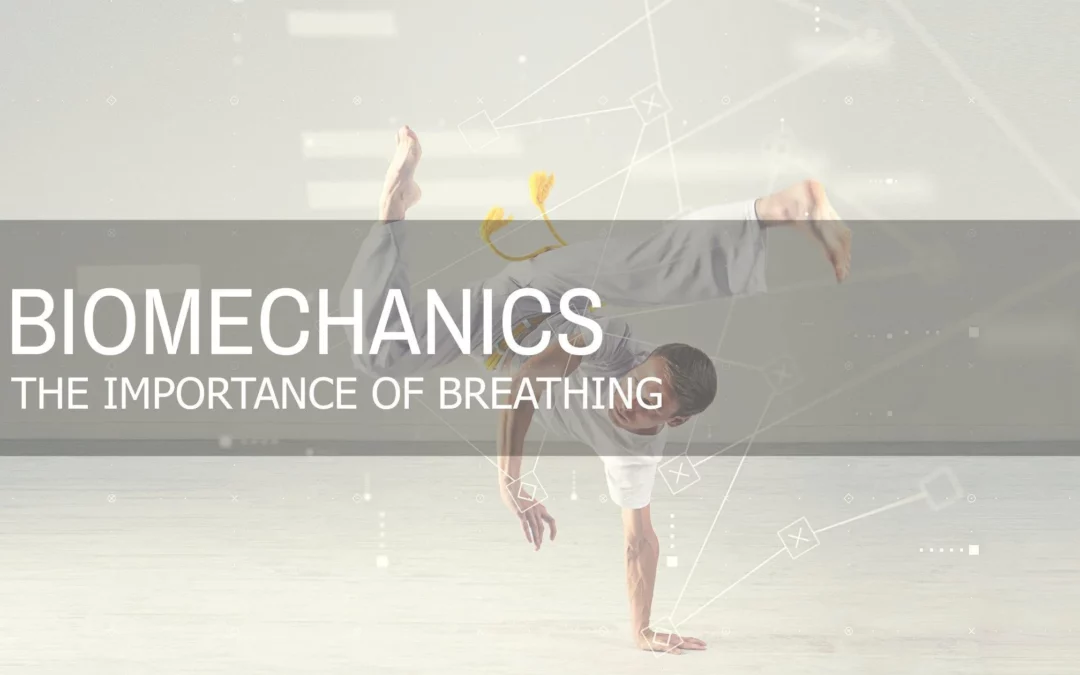Why is Breathing Important?
To breathe is to live. Because breathing is second nature to almost everybody, we often don’t think twice about the quality of our breathing. However, our quality of breathing is directly related to our stress levels and vice versa. It affects our moods, emotions, and our movements.
Breathing and Stress
When we are stressed, we tend to direct our breathing towards the upper portion of the chest instead of the diaphragm. This is a thin, dome-shaped muscle, located right above the lungs, separating the chest from the stomach and is responsible for controlling the airflow from the lungs.
Focusing our breathing towards the upper chest constricts the diaphragm, limits the air flow (shallowing of the breath), tenses the body, and ultimately causes stress. To get rid of physical stress, optimizing the breathing mechanics – full, deep breaths from the diaphragm, is essential. Taking deep breaths allows the diaphragm to relax, the lungs to expand and the air to be pushed out. As a result, the central nervous system calms down and decreases the stress and tension. This leads to better mood, improved mental acuity, increased body awareness, and decreased stress.
Breathing and Movement
Stress from shallow breathing (e.g., lungs aren’t expanded and the airflow becomes restricted) can put extra tension on the rib cage, shoulders, neck, and lower back. This can lead to movement distortions, compensatory movement patterns, pain and tenderness in those areas.
How Do You Improve Breathing Mechanics?
In order to improve breathing mechanics, it is important to focus on expanding the chest, strengthening the core, and being mindful of our breathing. We recommend the following exercises:
- Release – accessory respiratory muscles – Pec Minor, Scalenes, Sternocleidomastoid 60 sec each
- Activate – Transverse Abdominis – cat/cow 2 x 20
- Integrate – Quadruped Single Arm Serratus Press with Diaphragmic focus – 2 x 20
- Strength – Isometric Abdominal Flexion with Thoracic excursion 2 x 10 (2sec inhale and 6 sec exhale)




